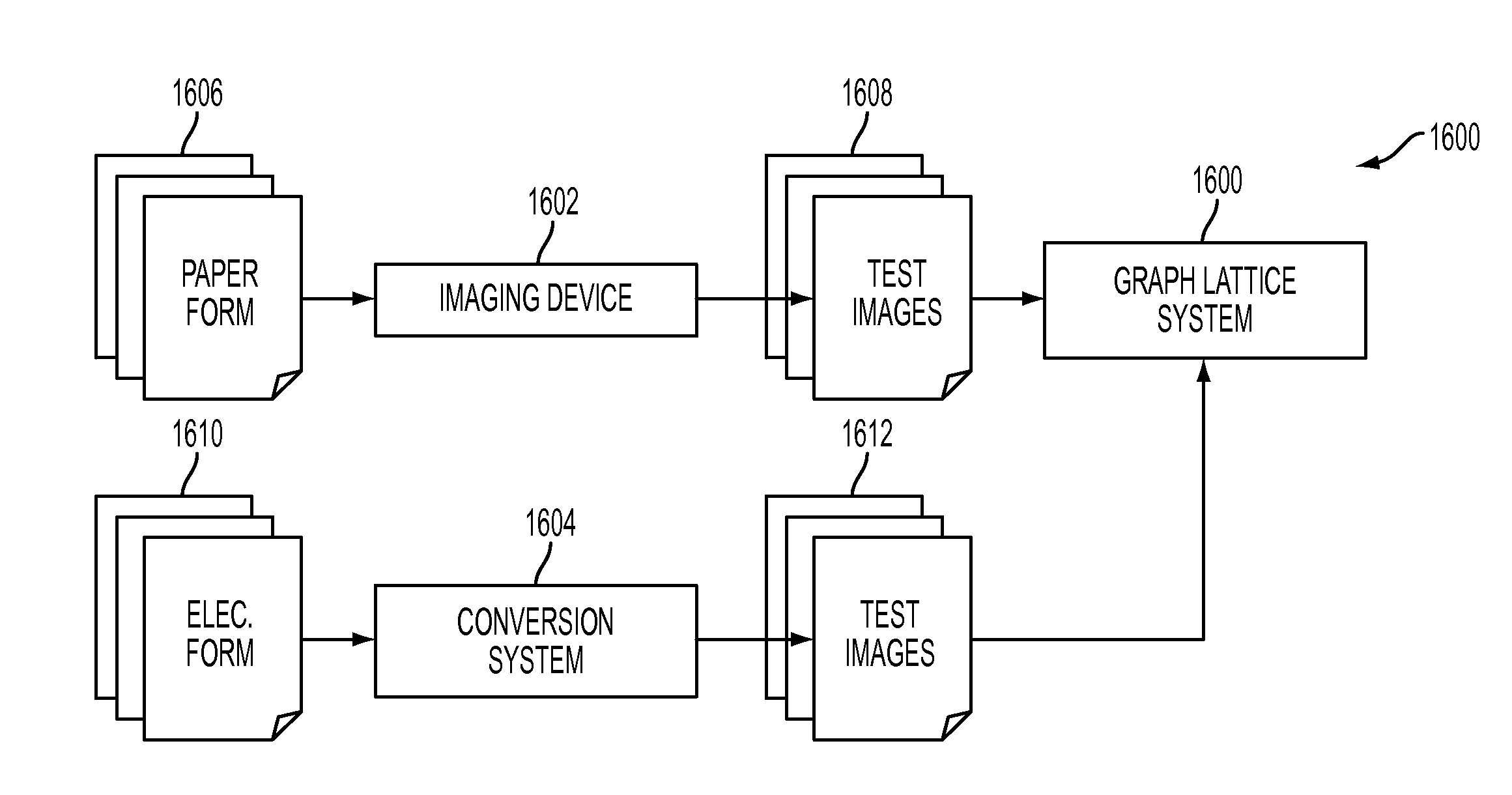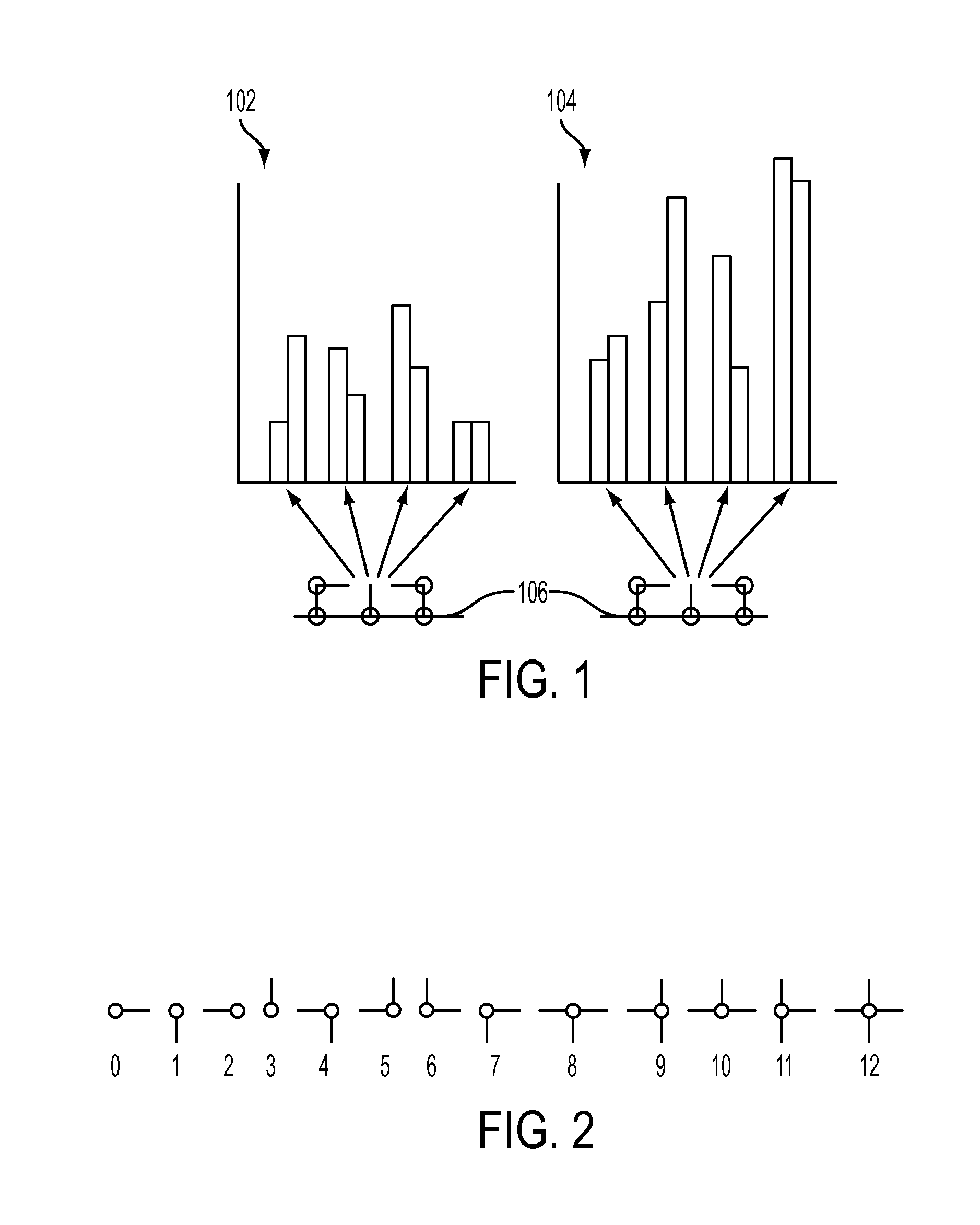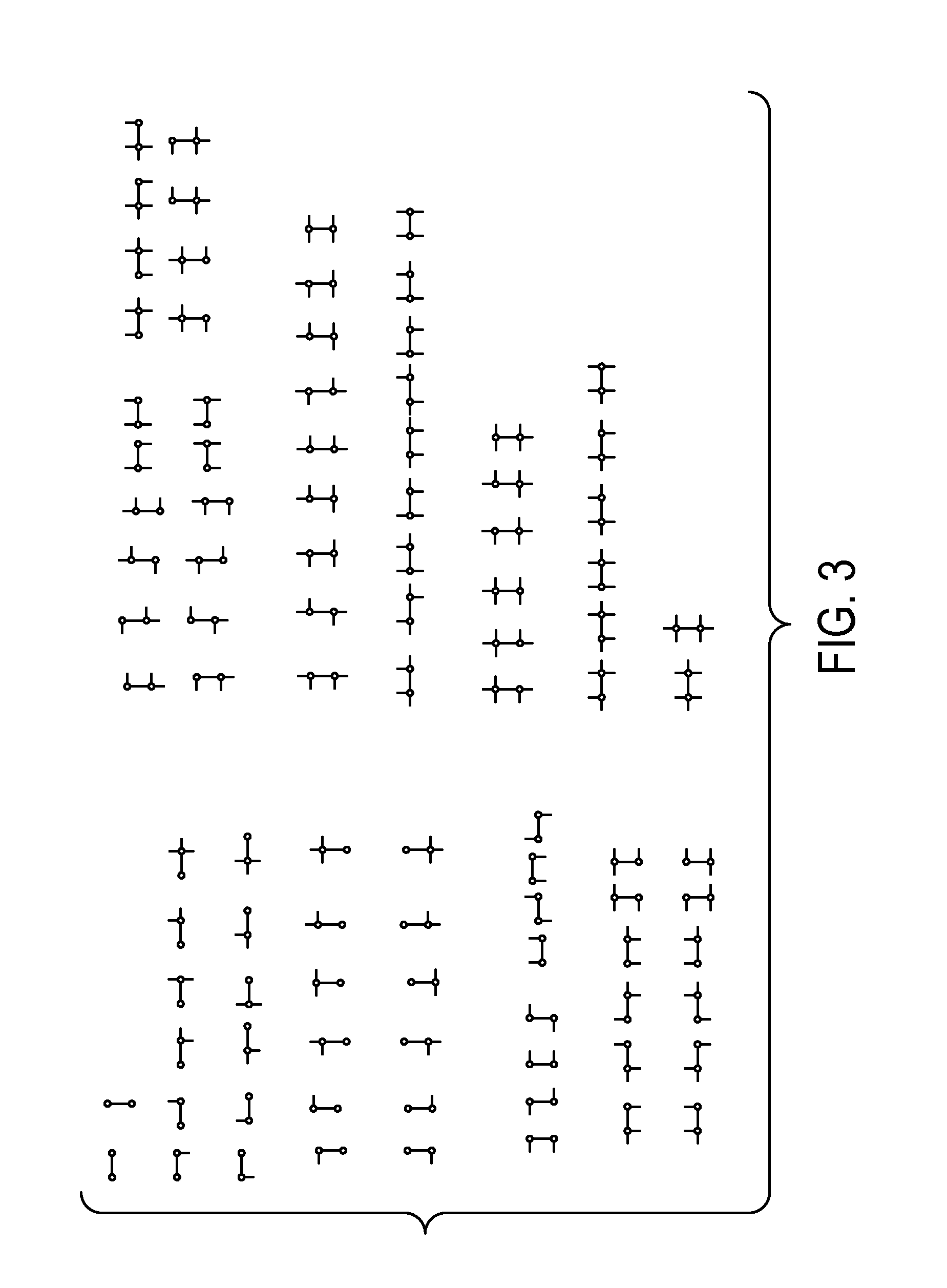Selective learning for growing a graph lattice
a graph and lattice technology, applied in the field of computer vision, can solve the problems of inability to identify features that are not very descriptive and/or discriminative, subgraph matching poses certain difficulties, and subgraph matching is exponentially expensiv
- Summary
- Abstract
- Description
- Claims
- Application Information
AI Technical Summary
Benefits of technology
Problems solved by technology
Method used
Image
Examples
Embodiment Construction
[0026]Large families of complex features, in the form of subgraphs, can be built out of simpler subgraphs through construction of a graph lattice. A graph lattice is a hierarchy of related subgraphs linked in a lattice. By supporting large numbers of subgraphs, image structure can be captured. Further, exact graph matching can be performed notwithstanding image noise and variability. Hence, a graph lattice advantageously facilitates computer vision applications such as image classification, image clustering, image retrieval, and repeated structure finding.
1.0 Overview of a Graph Lattice
[0027]The basic framework, called “graph lattice”, is a lattice of nodes, where each node corresponds to a subgraph representing image primitives and relations. The graph lattice nodes are related to each other in a lattice by adding primitives upward and removing primitives downward. For example, assuming the lattice extends from size 1 to size N, where primitives define size 1, all the subgraphs of ...
PUM
 Login to View More
Login to View More Abstract
Description
Claims
Application Information
 Login to View More
Login to View More - R&D
- Intellectual Property
- Life Sciences
- Materials
- Tech Scout
- Unparalleled Data Quality
- Higher Quality Content
- 60% Fewer Hallucinations
Browse by: Latest US Patents, China's latest patents, Technical Efficacy Thesaurus, Application Domain, Technology Topic, Popular Technical Reports.
© 2025 PatSnap. All rights reserved.Legal|Privacy policy|Modern Slavery Act Transparency Statement|Sitemap|About US| Contact US: help@patsnap.com



